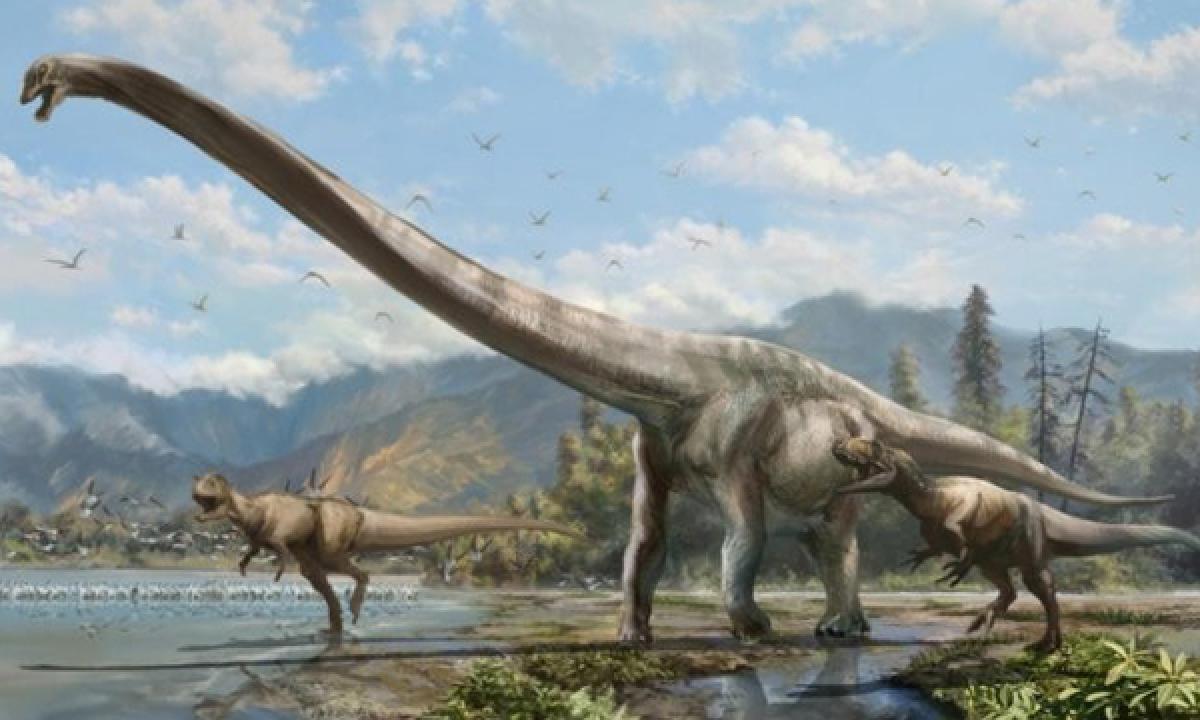Scientists discover new species of long-necked dinosaur found in Australia

Scientists have identified a new species of giant long-necked dinosaur whose ancestors likely crossed over to Australia around 105 million years ago from South America. The discovery of Savannasaurus sheds new light on evolution of sauropods and how these impressive beasts managed to conquer the globe, researchers said.
Melbourne:Scientists have identified a new species of giant long-necked dinosaur whose ancestors likely crossed over to Australia around 105 million years ago from South America. The discovery of Savannasaurus sheds new light on evolution of sauropods and how these impressive beasts managed to conquer the globe, researchers said.
The finding by researchers at the Australian Age of Dinosaurs Museum, along with the recent discovery of another sauropod called Diamantinasaurus, shows that titanosaurs were living worldwide by 100 million years ago. According to Stephen Poropat, lead author of the new study, the arrangement of the continents and dramatic shifts in climate around the middle part of the Cretaceous Period allowed titanosaurs to spread around the globe.
Sauropods had very long necks, long tails, small heads relative to the rest of their body and four thick, pillar-like legs. "We suspect that the ancestor of Savannasaurus was from South America, but that it could not and did not enter Australia until approximately 105 million years ago," said study co-author Paul Upchurch. The fossilised remains of the dinosaur, dubbed Savannasaurus elliottorum, were discovered in Queensland in 2005, 'Gizmodo' reported.
It is the most complete sauropod dinosaur skeleton ever found in Australia and represents an entirely new kind of dinosaur, researchers said. Savannasaurus was big enough to qualify as a member of the titanosaur family.
However, among those plus-sized dinosaurs, the Savannasaurus was a middleweight. It had a long neck and a relatively short tail, measuring between 12 to 15 meters from head to tip of tail. The study was published in the journal Scientific Reports.




















